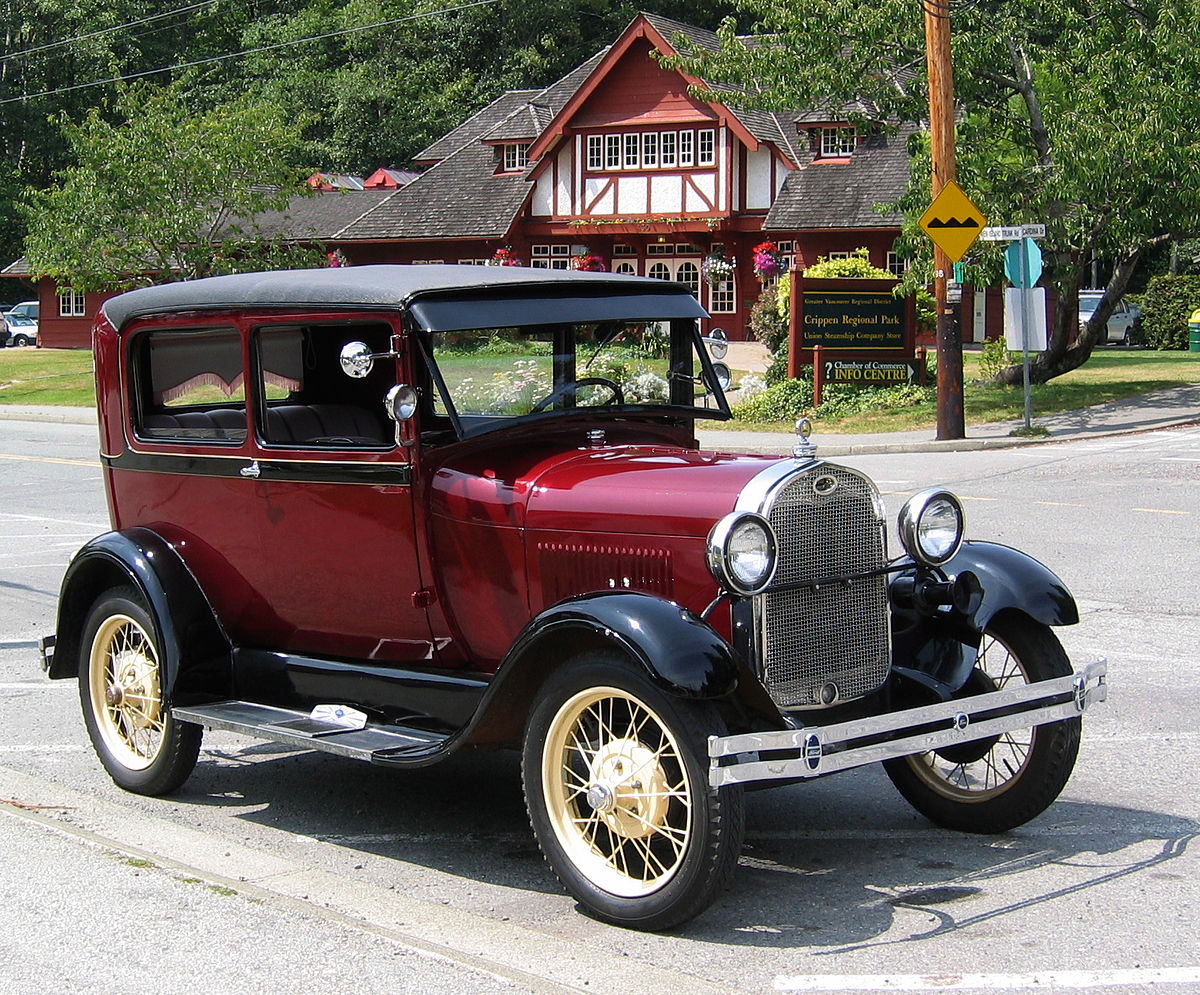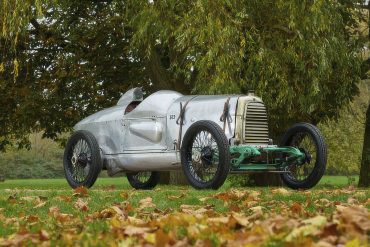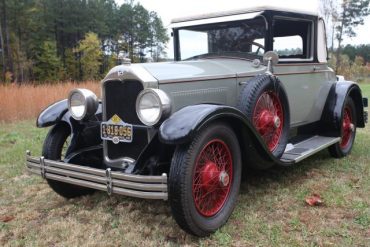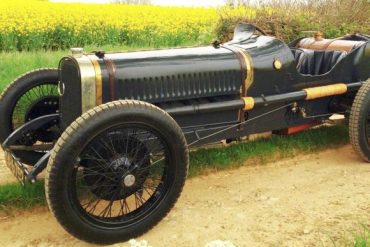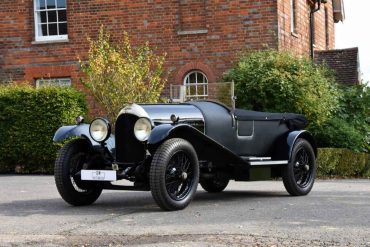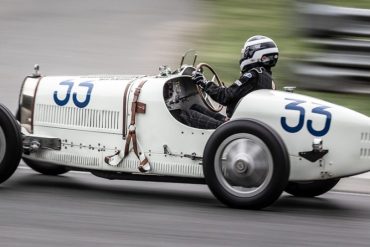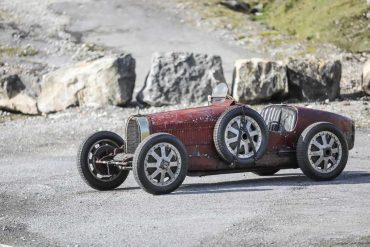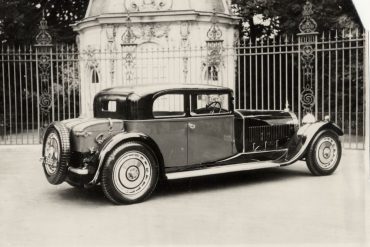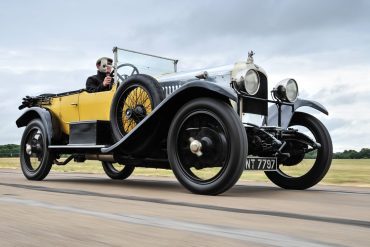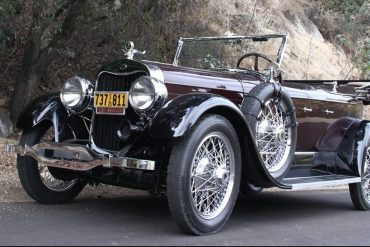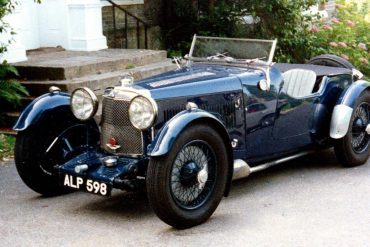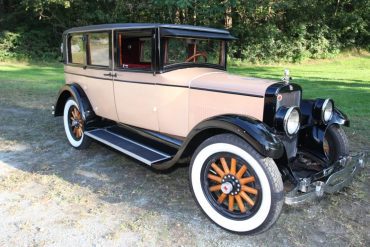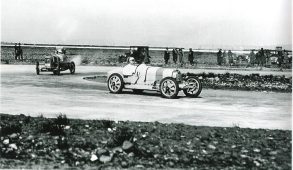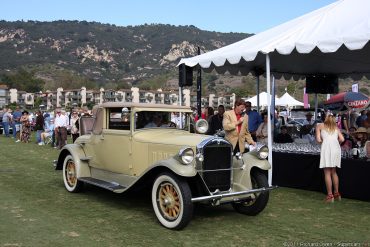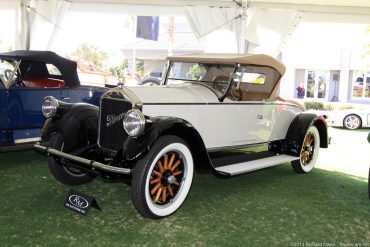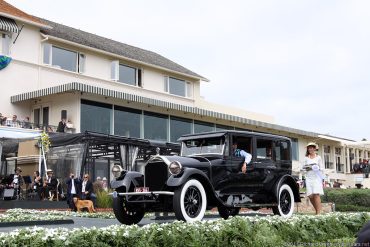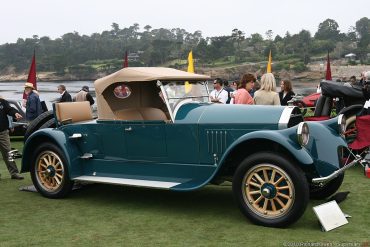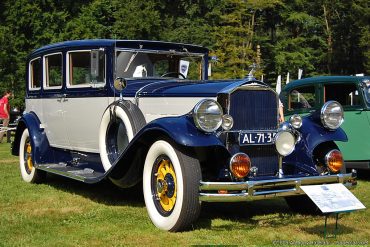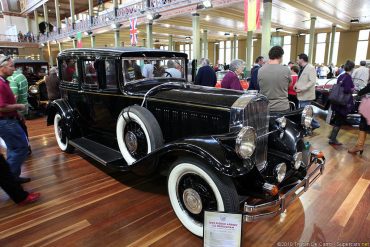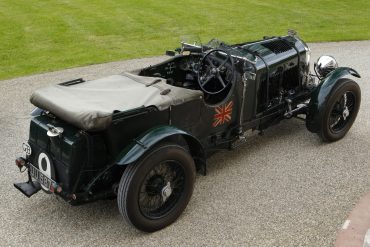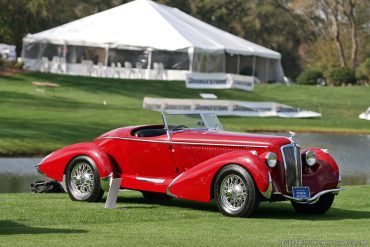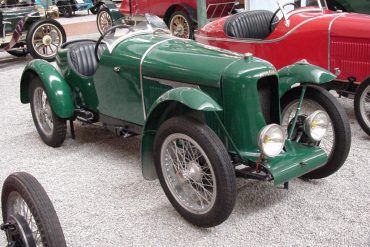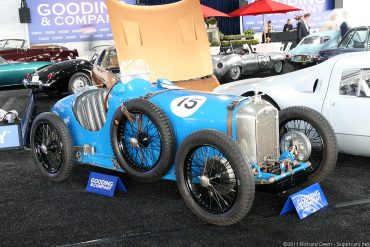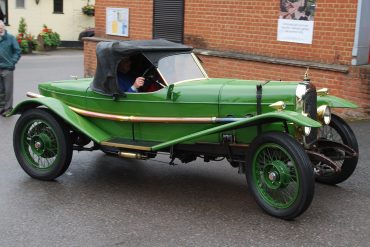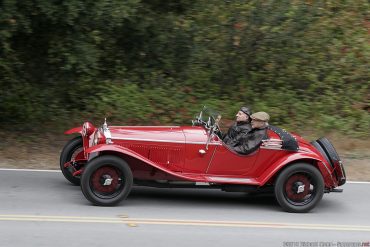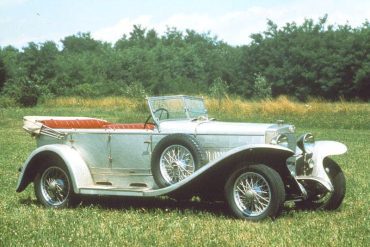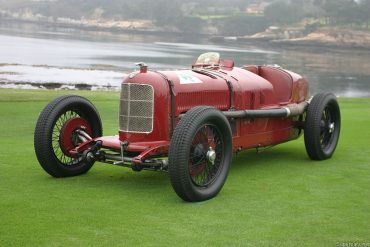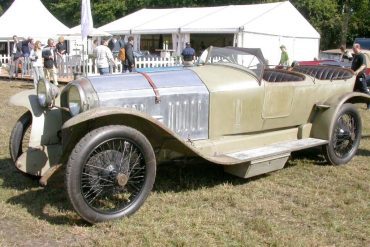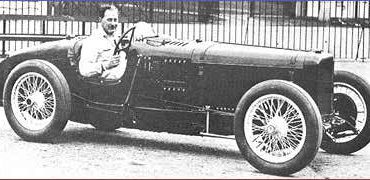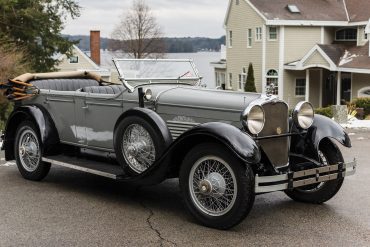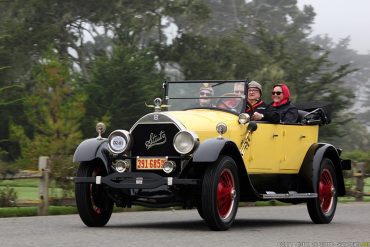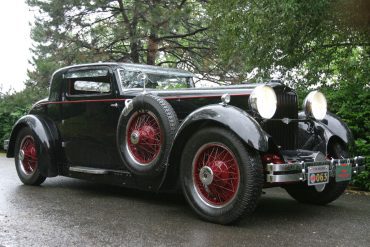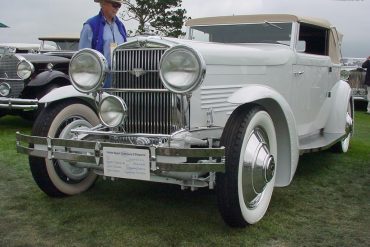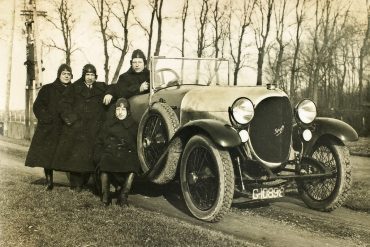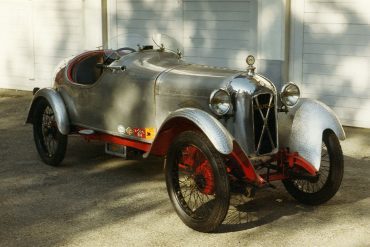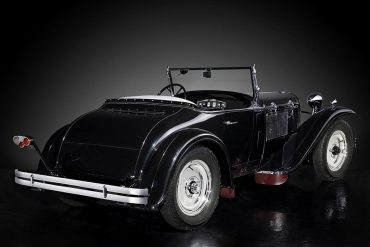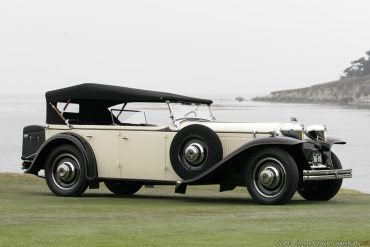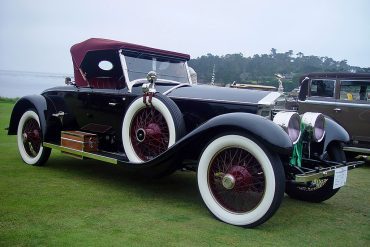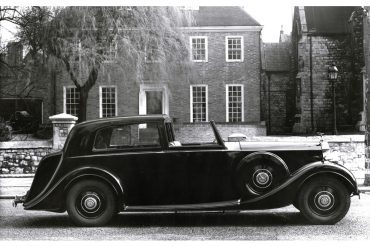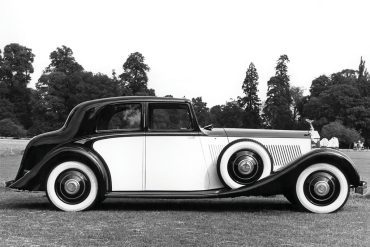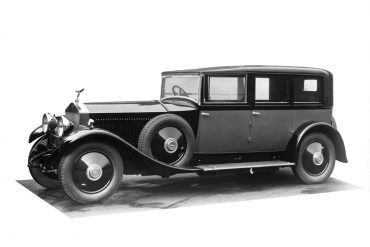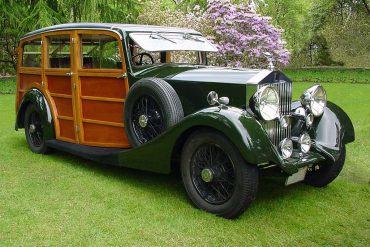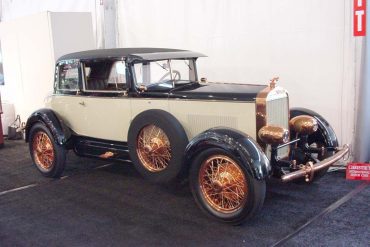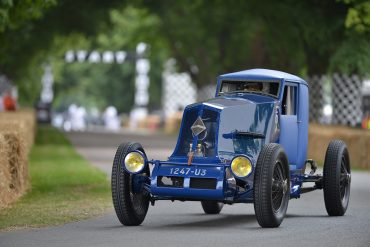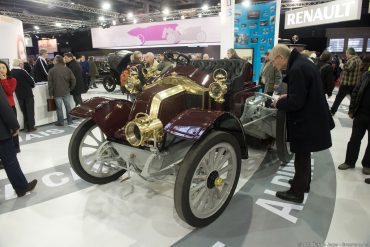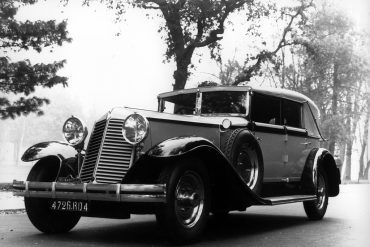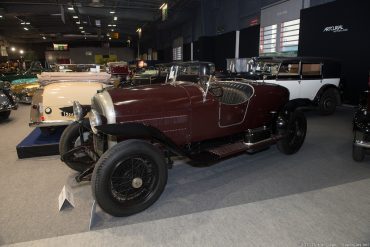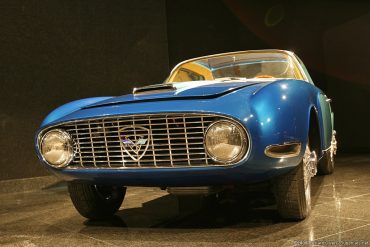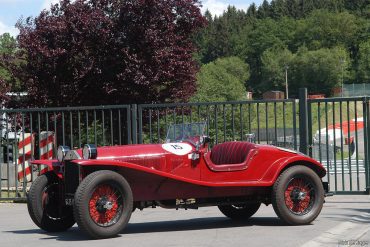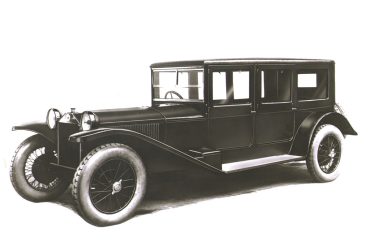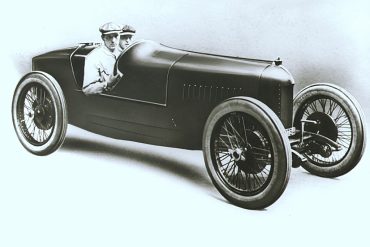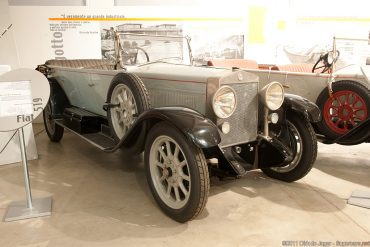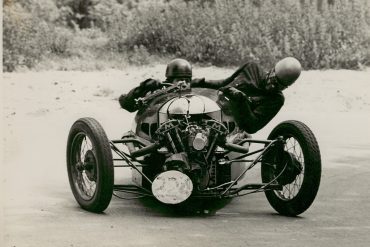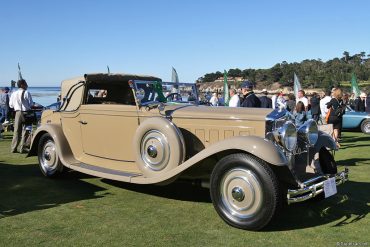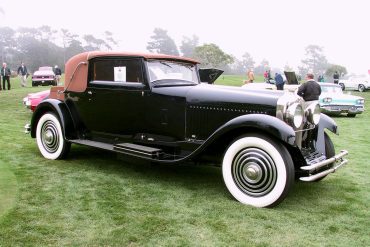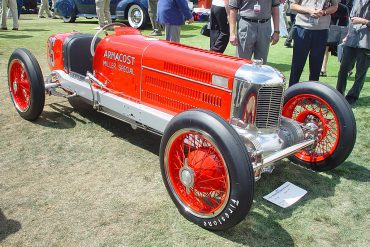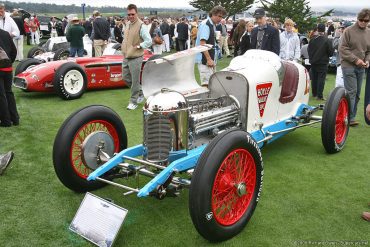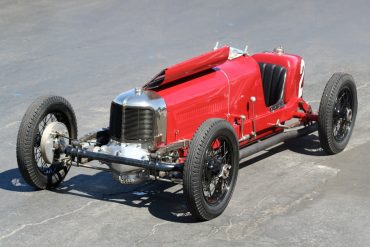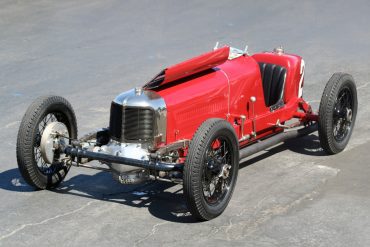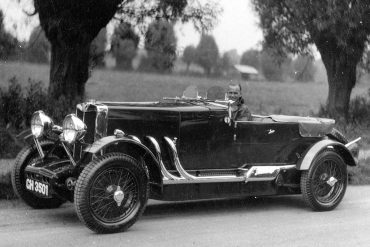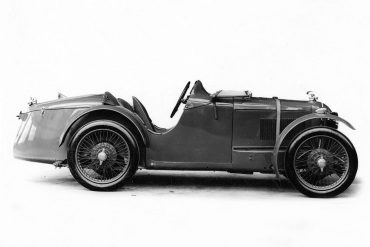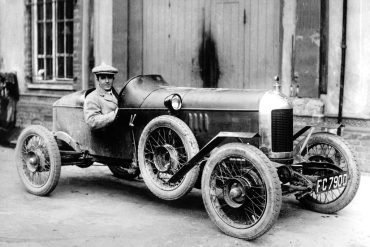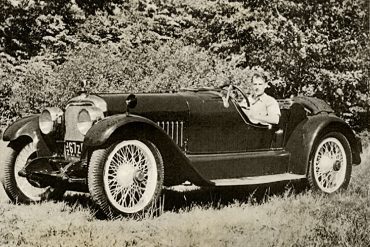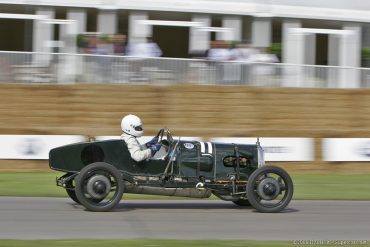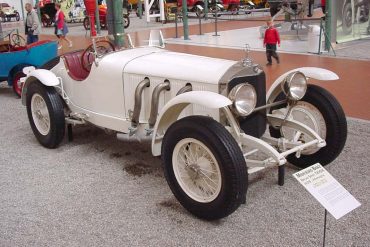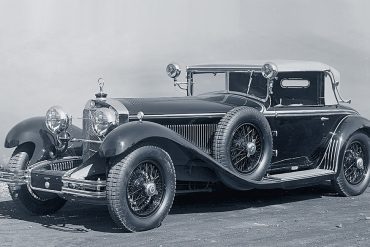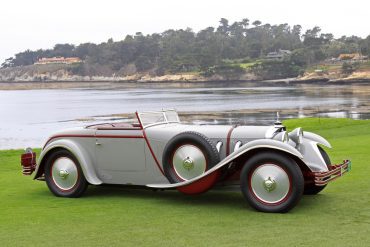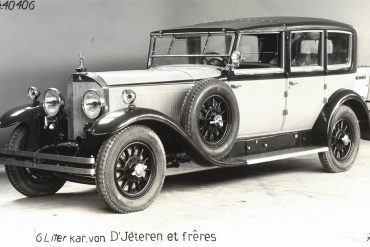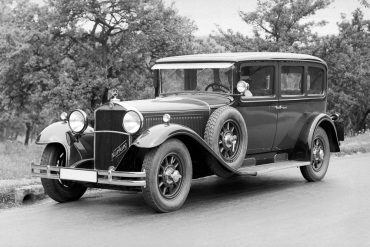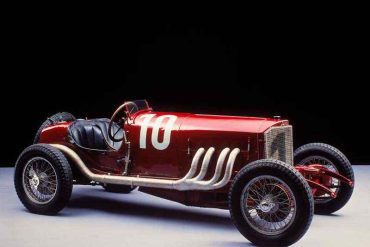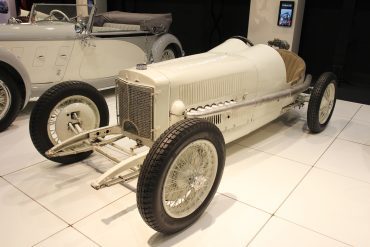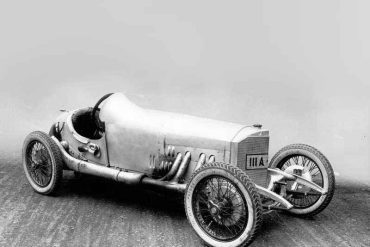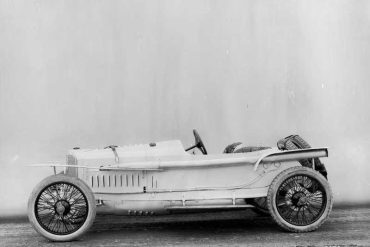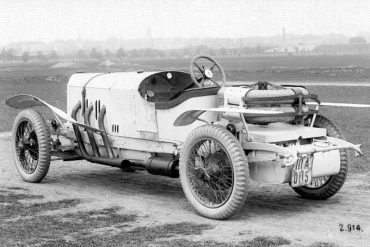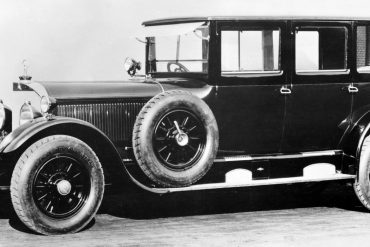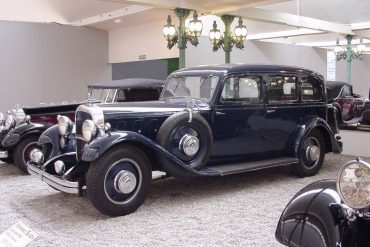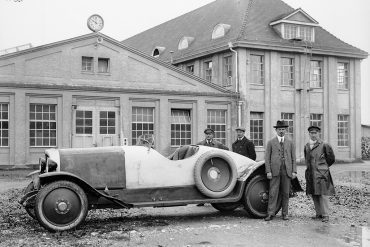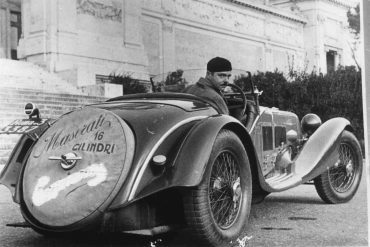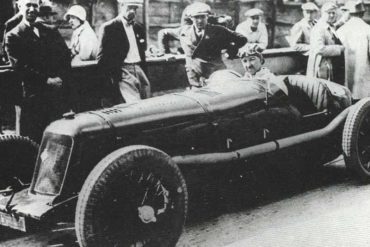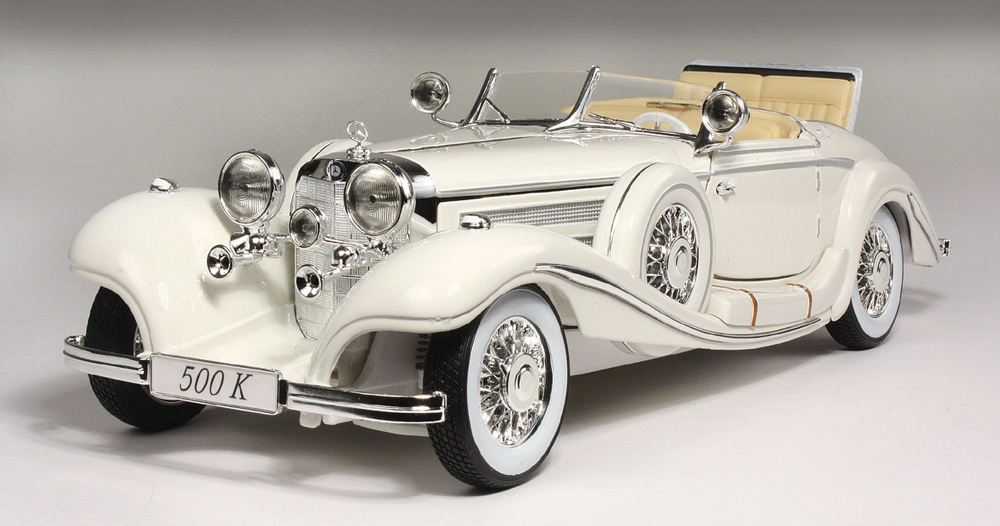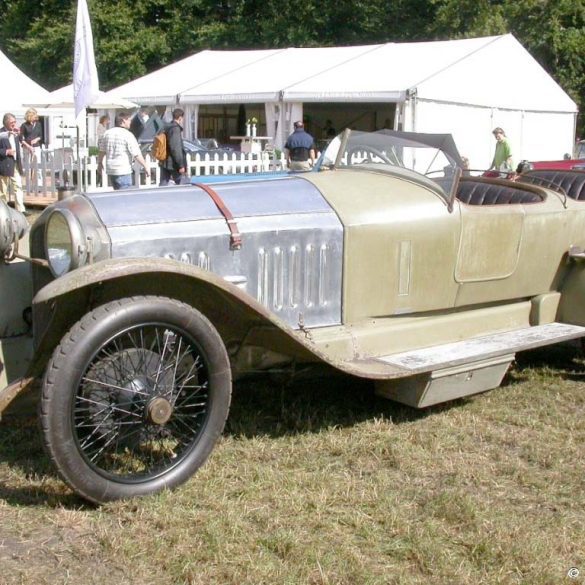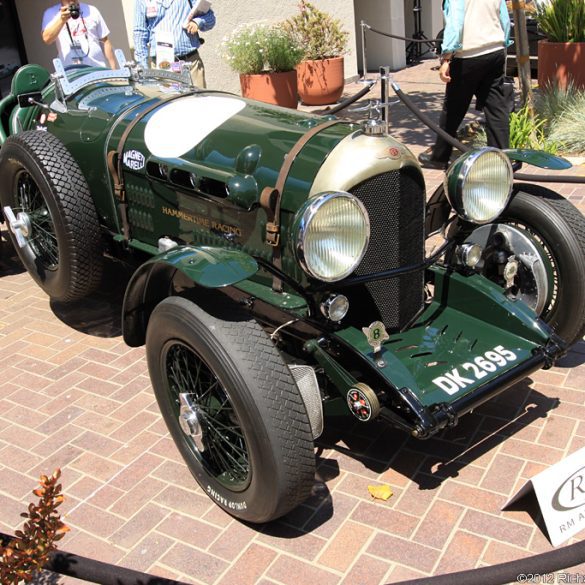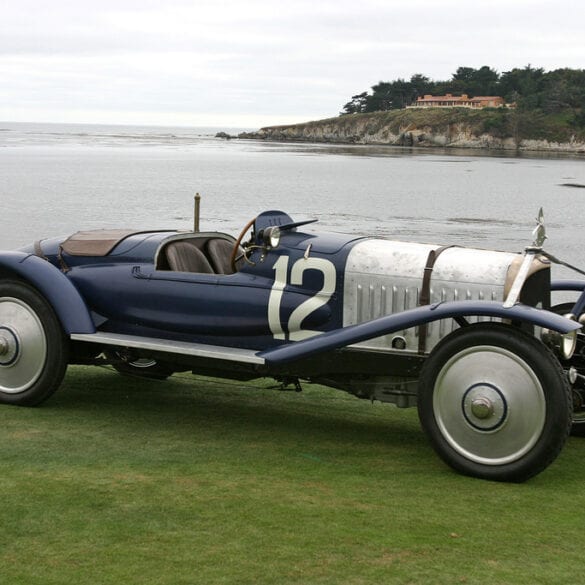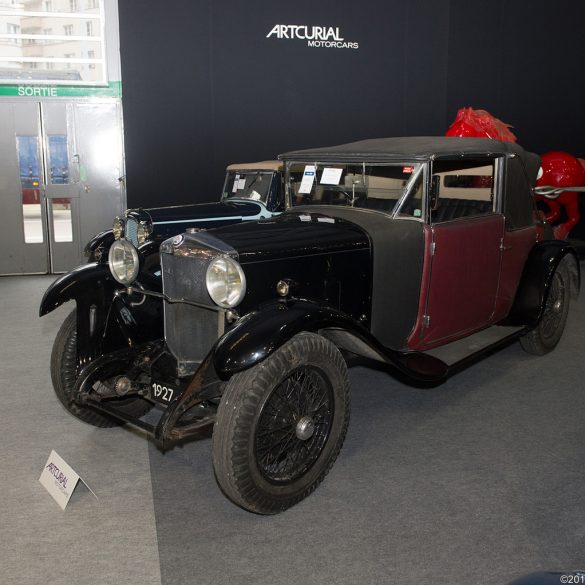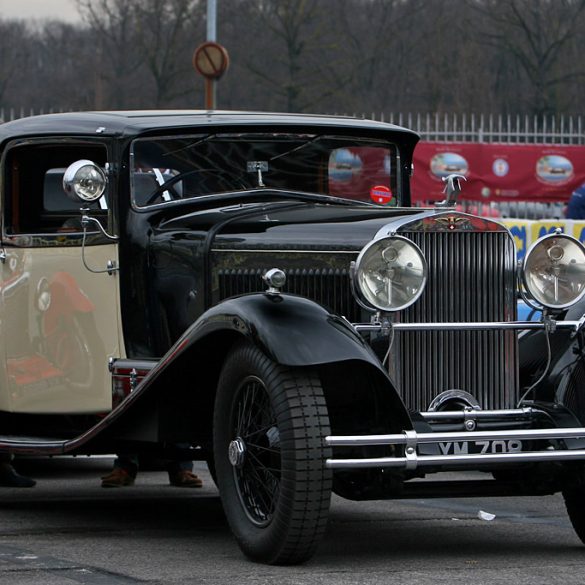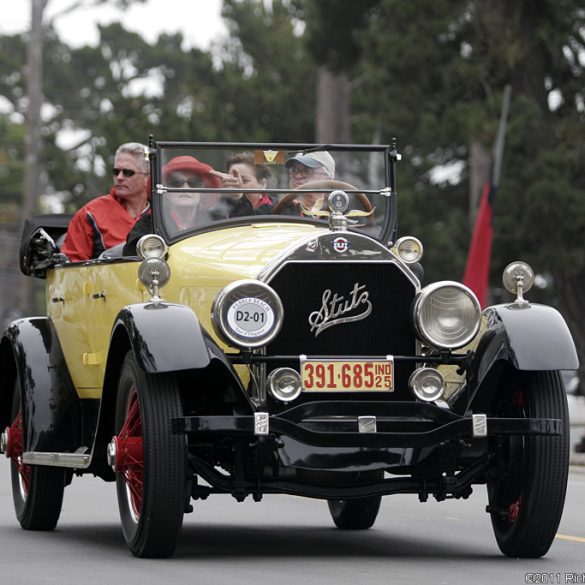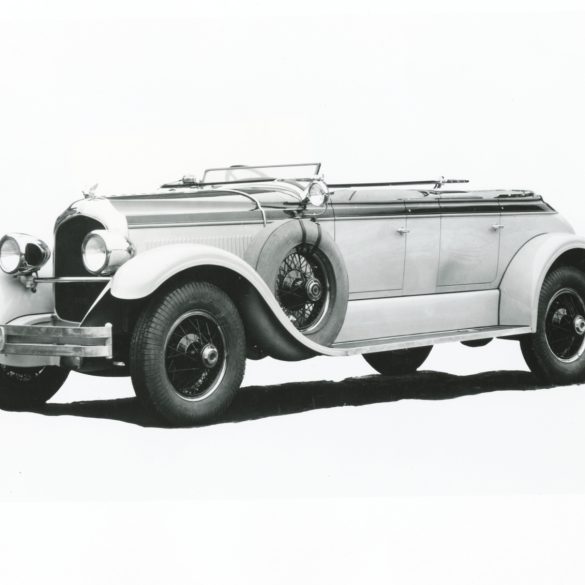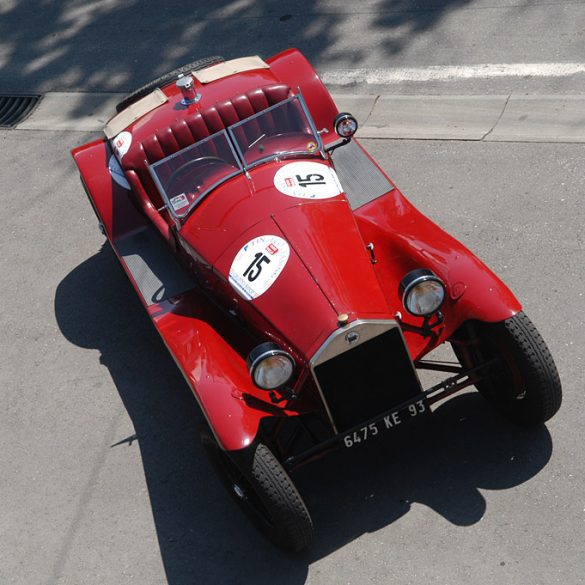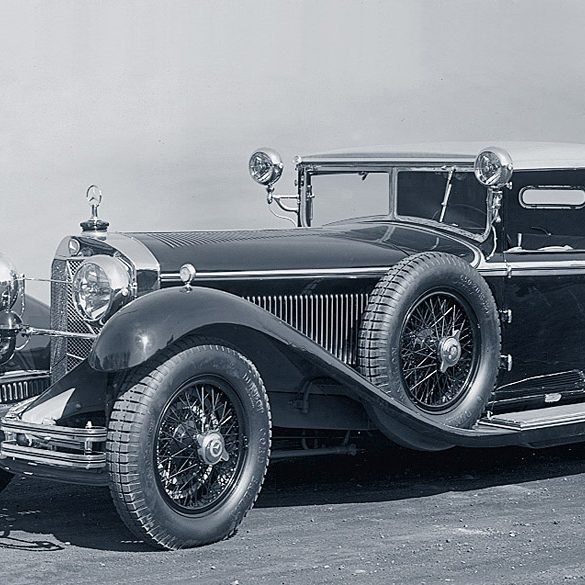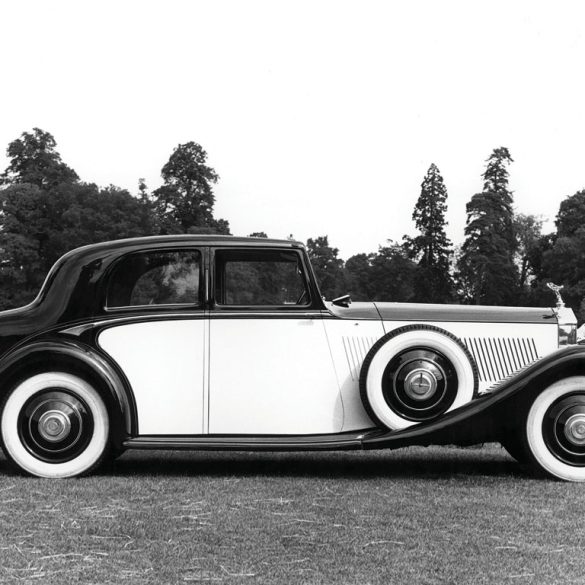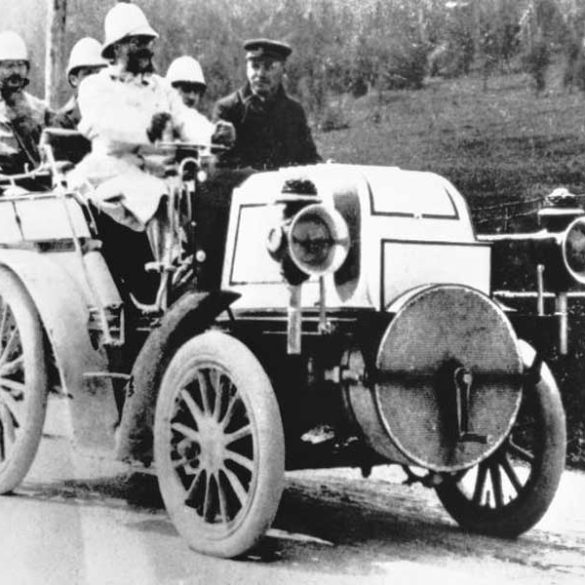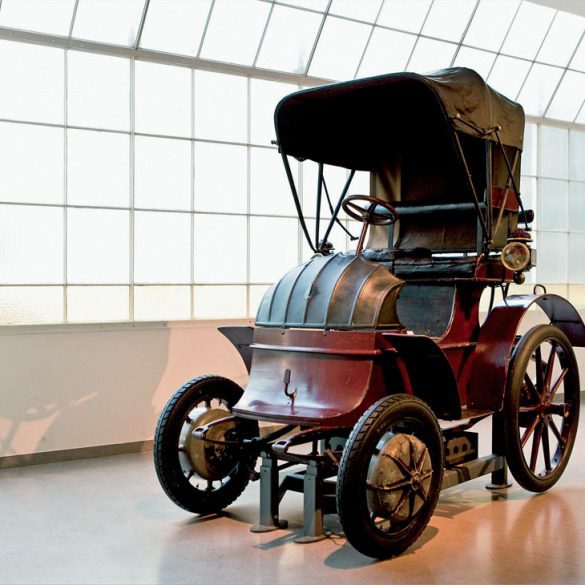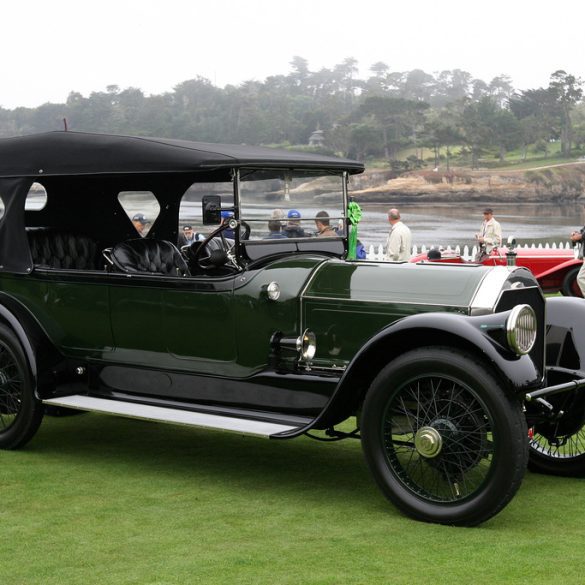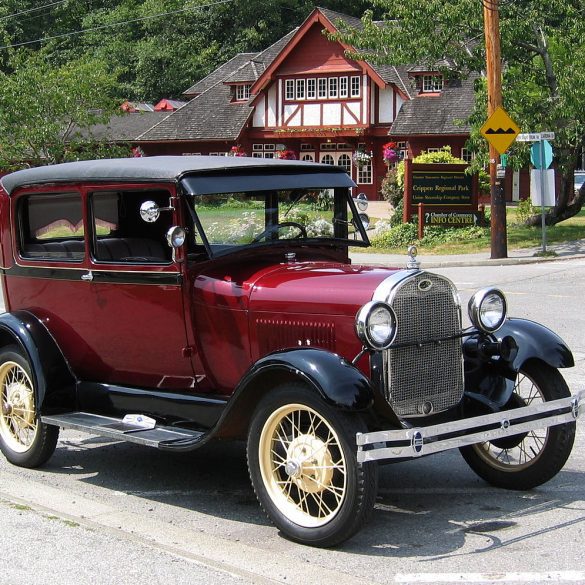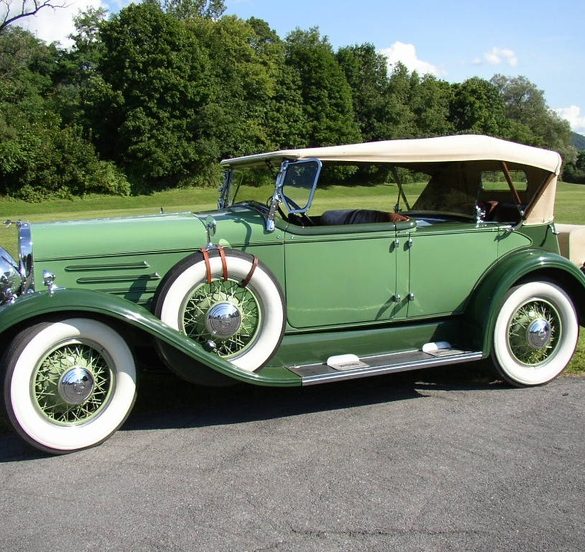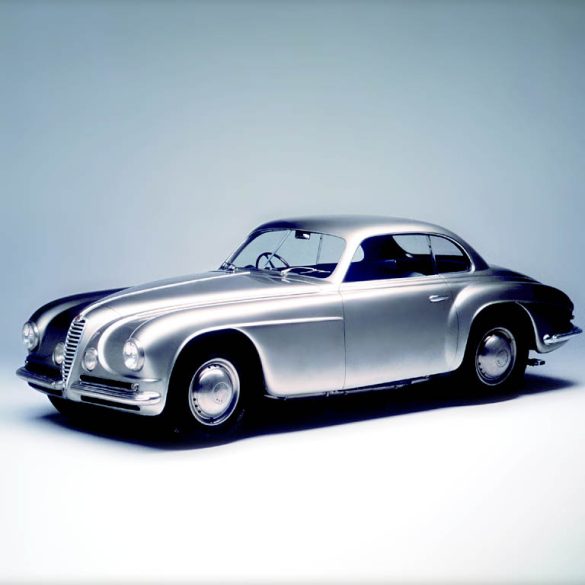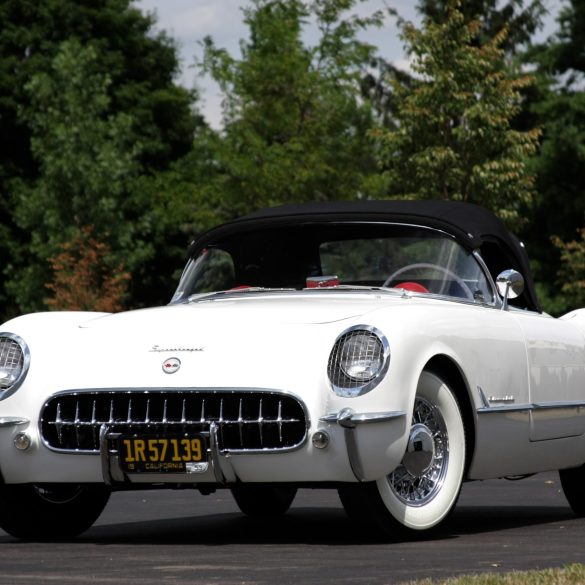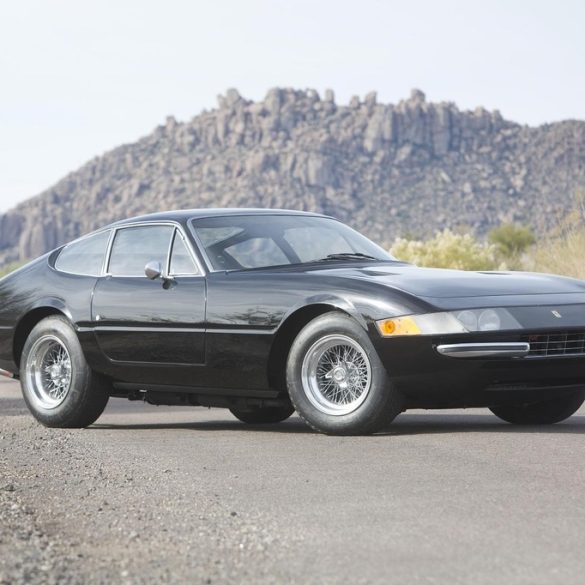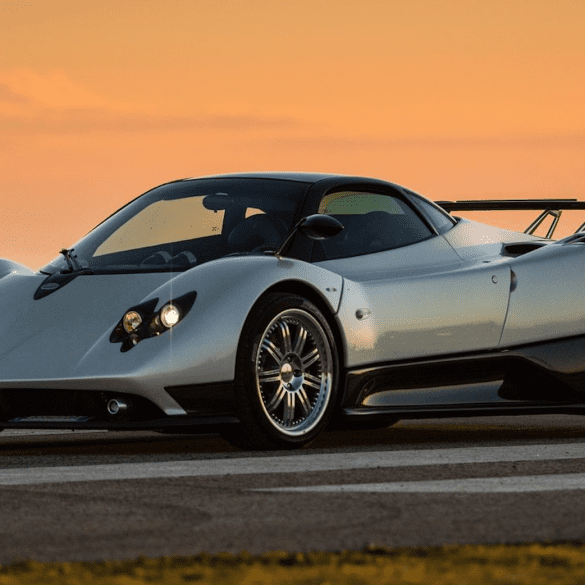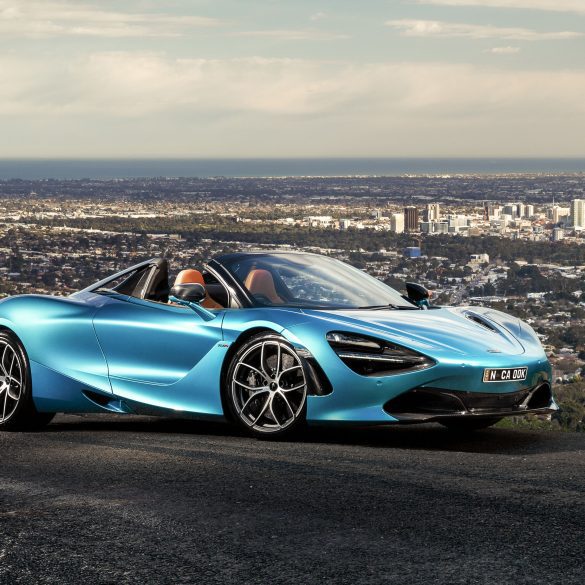Automobile Model List (1920 - 1929)
The 1920s roared with automotive advancement, as car ownership boomed and designs shifted from purely utilitarian to stylish and comfortable. Closed-body sedans gained popularity, and technological innovations like electric starters and improved braking systems became commonplace. This era saw the rise of iconic manufacturers like Chrysler and the emergence of the "muscle car" concept with powerful engines in otherwise ordinary-looking cars.
1920s Car Models - 170+ In Depth Guides
Here is a list of the important models from the 1920s decade, with over 170 individual models covered in all their glory.
1920s Cars - Manufactured On A Grand Scale
1920s cars continued to flourish under the sure hand of Alfred Sloan. Sloan joined GM in 1916 when his company, Hyatt Roller Bearing, was acquired by GM. He made a lot of money in the purchase, and then found himself in management. By 1923, he was running GM – at that time, the largest industrial corporation in the world. His thoughtful management resulted in innovation heretofore unknown in corporate America. Fiscal restraint, thoughtful, detailed research, and teamwork were the hallmarks in running the once stodgy company.
Styling became a fundamental way to build cars. This progressive thinking was based upon GM management’s observation that when before, 20s cars were purchased as a “once-in-a-lifetime” thing, American consumers were “trading up.” They were more willing to buy fancier cars, stepping up from a Model T.
Starting with a Ford, then a Chevrolet would lead a buyer to another car, a Buick or an Olds, or ultimately a Cadillac. Sloan was receptive to the demands of the market, aware that 1920’s cars were sold to the tune of almost 20 million units.
Planned Obsolescence
Sloan thought that if subtle changes in design and technology were introduced each year, and were supported by a shrewd and advertising campaign, the average car owner would almost certainly grow dissatisfied with his current model. Once lured in the showroom, he would, through salesmanship compelled to buy another desirable car.
The concept, known as “planned obsolescence,” became a cornerstone not only of the car industry, but of the American consumer society, affecting the whole gamut of products – from lawnmowers to washing machines – were made, marketed, and sold in America.
Advertising was a critical component of planned obsolescence. Many 20s cars were sold that way, mainly by the headway copywriters made in their advertising. They stressed style and design and power; the slightest change in appearance was heralded as nothing short of revolutionary.
Then, as now, the motorist was bombarded by advertisements intended to compel him to buy and step up to a fancier car, as if not doing so will not make him a complete person. The deep, irrational attachment to the car had been nurtured by auto companies. This adherence to the “car culture” had resulted in cars of the 1920’s spreading to the masses, hence millions and millions of cars that poured so much cash to the Big Three.
Interesting 20s Cars Stories
Ford had lost its position as industry leader in 1927. Harley Earl entered GM’s management armed with boldness and vision, who considered automobile design to be an art form. He started work at GM as a consulting engineer. His first car for General Motors was the 1927 La Salle, intended to fill a gap between the moderately priced Buick 6 and the high-end Cadillac. These 20s cars were warmly received by both automotive critics and the buying public, allured by the cars’ soft, elegant lines.
Henry Ford, meanwhile clung to Model T. In 1926, despite being offered in a choice of colors, the public spurned it. Perhaps it was time for Ford to listen to his son, Edsel, along with his senior managers.
Eventually, he relented. With sales of Model T plunging 30 percent, Ford came to the realization that Model T’s time had passed. On May 25, 1927, the company was planning to unveil a new car to replace the Model T. Six days later the last Tin Lizzie rolled off the assembly line.
Production at Ford’s massive River Rouge plant stopped as the company went about the laborious process of retooling for a new model. There was just one problem: no one had any idea what the new car would look like – including Henry Ford. Henry Ford had to do the unthinkable, stopping production of the Model T without having a replacement waiting in the wings.
For the next six months the Ford Motor Company did not produce a single car. In the meantime, GM’s sales skyrocket, coming closer to Alfred Sloan’s goal of crushing the Ford Motor Company.
Henry Ford was a survivor but a shrewd one. He held car buyers in suspense, not letting the press know what’s up his sleeve. He imposed a “news blackout” that fueled speculation what his new car will be. Although many car buyers were going to Chevrolet showrooms, many others were waiting in the wings, not intent in buying any 20s cars in those showrooms. Speculation in the press fueled even greater interest, and soon rumors were rampant.
When the new car – dubbed the the Model A – was introduced in late 1927, it was the most significant launch in the history of the automobile industry. Never before had a car generated such excitement. Ford himself began the campaign with a series of five full-page advertisements in every daily newspaper in the country promoting his 20s cars.
When the car was finally put on display, public reaction was overwhelmingly positive. People waited in line for hours to get a glimpse of the new Model A. The 1928 Ford Model A sported Lincoln-like styling and prices starting a $460. It boasts an engine with 200.5 cubic-inch with 40 hp. 400,000 orders of these 20’s cars were placed in the first two weeks alone.
The Model A was one of the biggest news stories of the 1920s. It was comparable to Lindbergh’s flight across the Atlantic or the Dempsey-Tunney fight. it was one of the biggest industrial stories of the 20th century. It was the best-selling car in America in 1928.
The Model A was a success. In both style and substance, it was superior to Model T but it was hardly a groundbreaking vehicle; rather, it was an inexpensive, modernized version of its drab but reliable cousin.
Chevrolet’s introduction of a new six-cylinder model in 1929 allowed GM to quickly recover. Within a few years, GM was producing 50 percent of all cars sold in America. In 1929, more than five million cars were sold, a record that stood for two decades. The auto was at the top of the shopping list. 20s cars were no longer a luxury; owning one was a necessity.
Not everyone could afford to pay for a new car in cash. 20s cars became more affordable to the public when dealers encouraged purchasing on the installment plan. The concept of buying on credit was started by Isaac Singer 75 years before. By 1925, 75 percent of all new cars were purchased on the installment plan. Henry Ford was opposed to selling cars on credit but Alfred Sloan didn’t and in so doing redefined the American consumer society.
By 1929, on the ever of the Great Depression, nearly half of the nation’s consumer installment debt of $2.9 billion was attributable to automobile purchases. It was common for people to mortgage their homes in order to buy cars.
Detroit was rocked by the Depression. New car sales fell 75 percent. Smaller companies went under. One quarter of America was out of work. In the dust bowl, the 20s cars became a home, the sole possession of many families. It was the wagon train of the great migration to the promised land of California.
History of Cars – The 1920s Cars
The Roaring Twenties: A Golden Era for Automobiles
The 1920s were a transformative decade for the automotive industry, marking the transition from horseless carriages to sleek, powerful machines that redefined personal transportation. Known for the economic prosperity and cultural dynamism that swept the United States and beyond, the decade saw the car industry flourish, and the automobile became an emblem of modernity, independence, and freedom. Here’s a closer look at what made the 1920s such a fascinating period in automotive history.
One of the most significant developments of the 1920s was the perfection of assembly line manufacturing, pioneered by Henry Ford. Ford’s Model T, which debuted in 1908, set the stage for affordable, mass-produced cars, but it was in the 1920s that this approach reached new heights. By standardizing production processes, Ford was able to offer the Model T at prices accessible to a broader population, making car ownership possible for millions. By the mid-1920s, the Model T sold for as little as $300, compared to nearly $850 a decade earlier.
As cars became more affordable, they reshaped society in profound ways. People could travel farther and faster than ever before, changing the way they worked, socialized, and lived. The freedom offered by the automobile spurred the growth of suburbs as families sought more space and a reprieve from urban centers. Roadside diners, motels, and service stations began to spring up along highways to accommodate America’s new mobile society.
The 1920s also saw the introduction of drive-in movie theaters and car-friendly establishments. Cars became symbols of status, and owning the latest model often carried a certain prestige. Jazz Age parties, known for their extravagance, frequently showcased automobiles as status symbols, with wealthy patrons flaunting the latest models from luxury brands.
The 1920s were synonymous with Art Deco, a design movement that emphasized geometric shapes, symmetry, and lavish ornamentation. These aesthetics influenced the automotive industry, and car designs became more streamlined, with an emphasis on style and flair. Cars transitioned from boxy, utilitarian forms to sleeker, curvier silhouettes that echoed the bold and glamorous spirit of the decade.
Automobile interiors also improved significantly, with manufacturers focusing on comfort and luxury. Leather seats, wood paneling, and chrome detailing became standard in high-end vehicles, elevating the driving experience. Innovations like electric starters, previously an option, became more widespread, and the inclusion of windows and improved heating systems added to the comfort of automobiles in colder climates.
Luxury brands saw enormous growth during the 1920s, as affluent buyers sought premium automobiles that reflected their status and taste. Iconic names like Cadillac, Packard, and Duesenberg began to produce cars that were not only powerful but also opulently designed. Duesenberg, for instance, became a symbol of American wealth and extravagance with its sophisticated engineering and Art Deco styling. The Cadillac V-63, introduced in 1923, offered innovative features like front brakes, and its reputation for quality made it the car of choice for the elite.
European brands like Rolls-Royce, Hispano-Suiza, and Bugatti also flourished in this period. These companies focused on bespoke engineering, offering clients handcrafted vehicles with unique features. The Bugatti Type 35, one of the most famous race cars of the era, dominated Grand Prix racing and is remembered as one of the finest sports cars of the decade.
The 1920s witnessed rapid technological advancements in automotive engineering. Several essential features became standard, including hydraulic brakes, multi-speed transmissions, and improved suspension systems, which made cars faster, safer, and more comfortable to drive. Fuel efficiency and engine performance improved as automakers experimented with new designs and materials.
General Motors introduced the concept of the “annual model change” in 1923, signaling the beginning of planned obsolescence, where updated versions of cars were released yearly to entice buyers to upgrade. This strategy helped fuel the booming car industry and cultivated brand loyalty, as consumers eagerly anticipated the newest models.
Car racing became a mainstream sport in the 1920s, with events like the Indianapolis 500 gaining widespread popularity. Racing pushed automakers to innovate, as manufacturers viewed the sport as a testing ground for new technologies and a means to demonstrate their cars’ capabilities. Automobiles built for racing showcased power and durability, and brands like Bugatti, Alfa Romeo, and Bentley established their reputations on the track. These races not only boosted the profile of car manufacturers but also captivated audiences who viewed drivers as daring and glamorous figures.
The 1920s were not only a golden era for American automakers; European and Japanese manufacturers also began to make their mark. In Europe, companies like Renault, Citroën, and Peugeot expanded their offerings and started to adopt mass production techniques inspired by Ford. In Japan, brands like Nissan and Toyota, which would later dominate the global market, began laying the groundwork for their future success.
The international car market was becoming increasingly competitive, and brands recognized the potential of overseas markets. Ford established assembly plants in Europe and Latin America, extending its reach and making the automobile a global phenomenon.
While the 1920s were a period of growth and prosperity for the automotive industry, the decade ended with the onset of the Great Depression in 1929. The economic collapse had a devastating impact on the car market, causing sales to plummet and several companies to go bankrupt. However, the advancements made during the 1920s laid the foundation for the resilient auto industry that would eventually rebound and continue to innovate.
The 1920s remain a pivotal decade in automotive history, setting the stage for the car culture that has since become an integral part of modern society. The cars of the Roaring Twenties embody a unique blend of innovation, artistry, and extravagance, capturing the optimism and daring spirit of an era. As today’s car enthusiasts look back, the vehicles of the 1920s stand as icons of design and engineering, reminding us of a time when automobiles not only changed the way people moved but also reflected the dreams and aspirations of a new, modern world.


